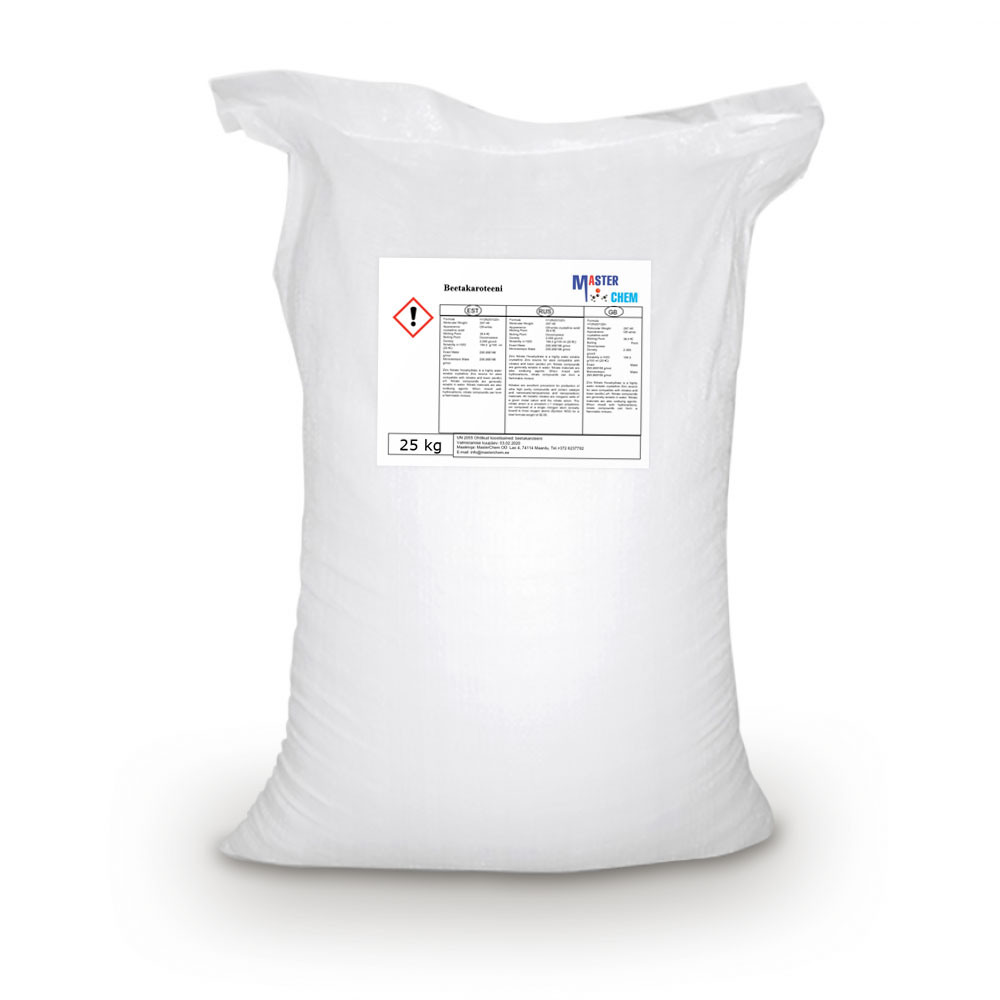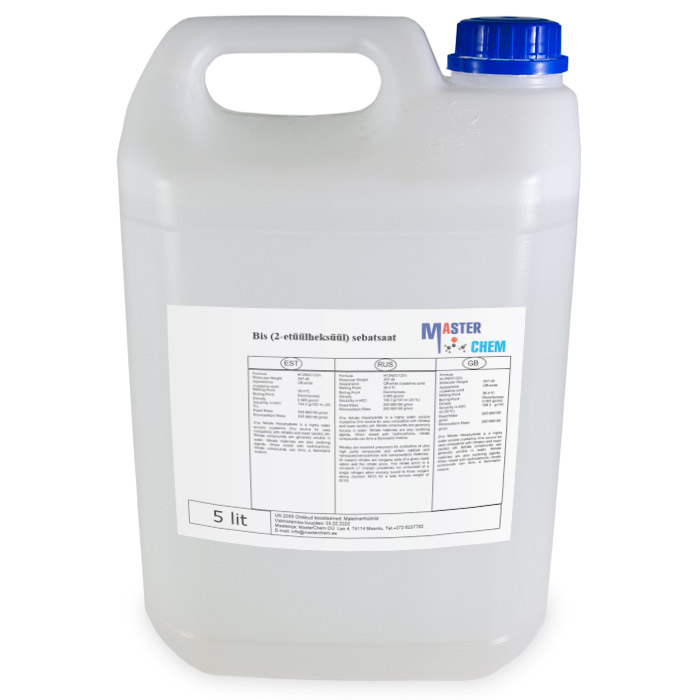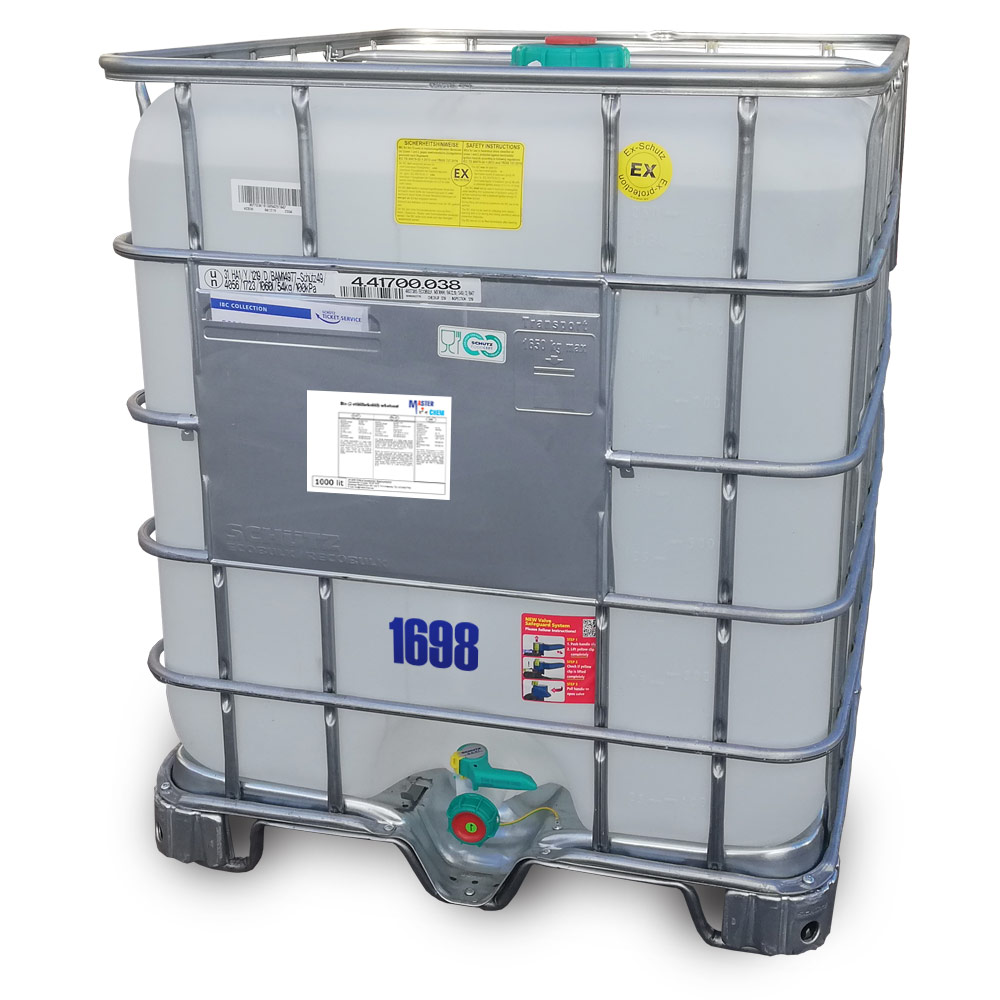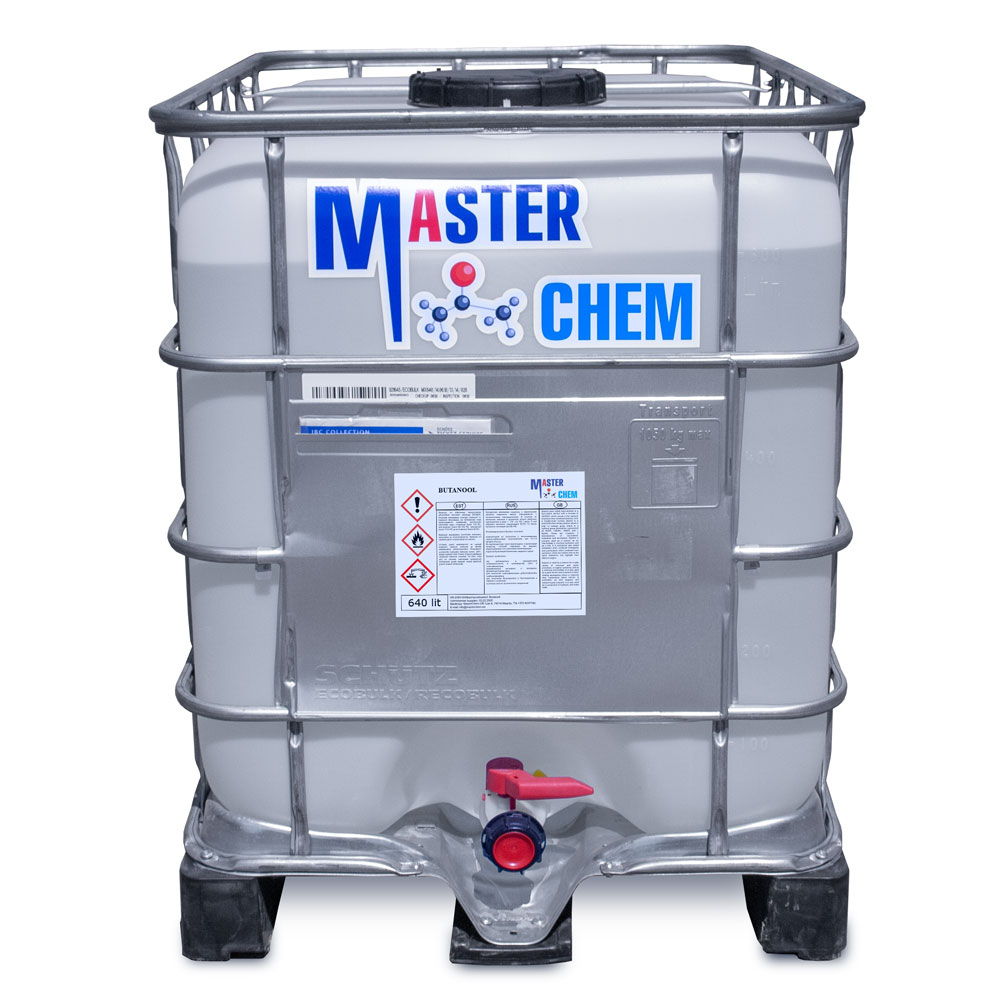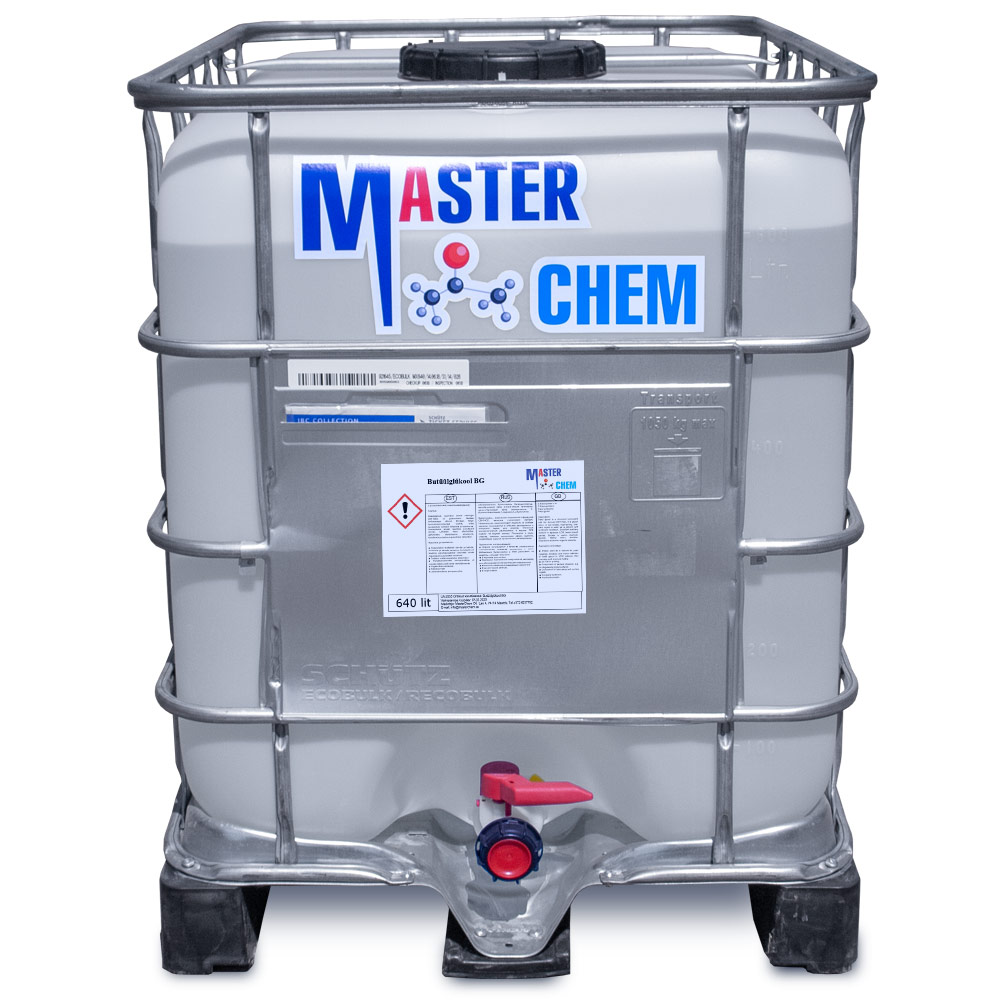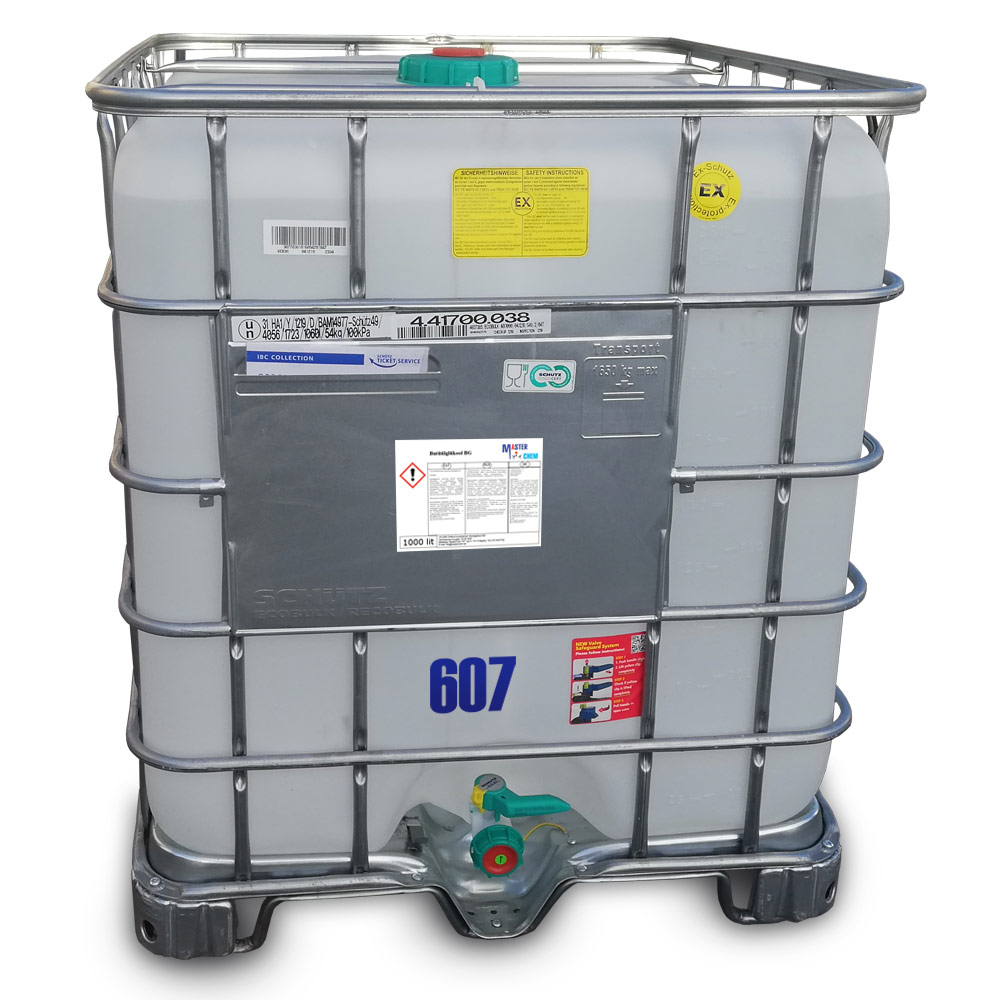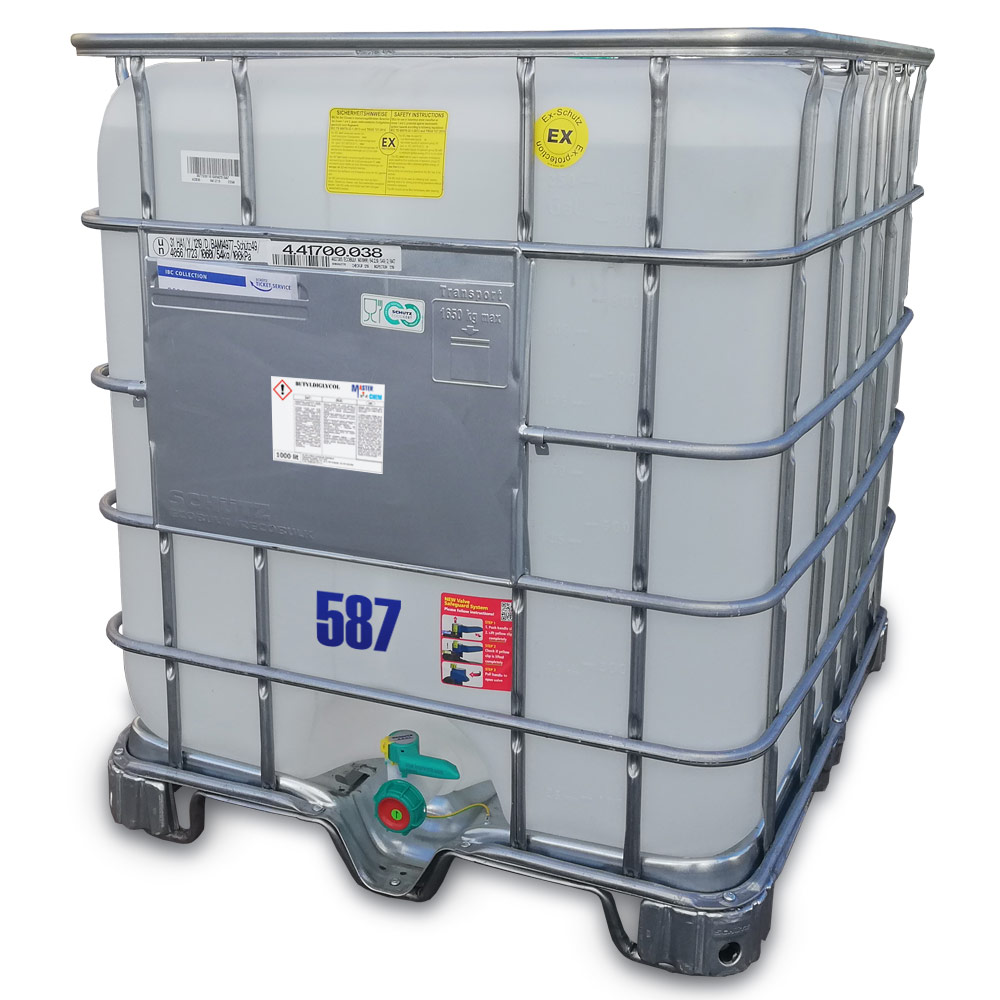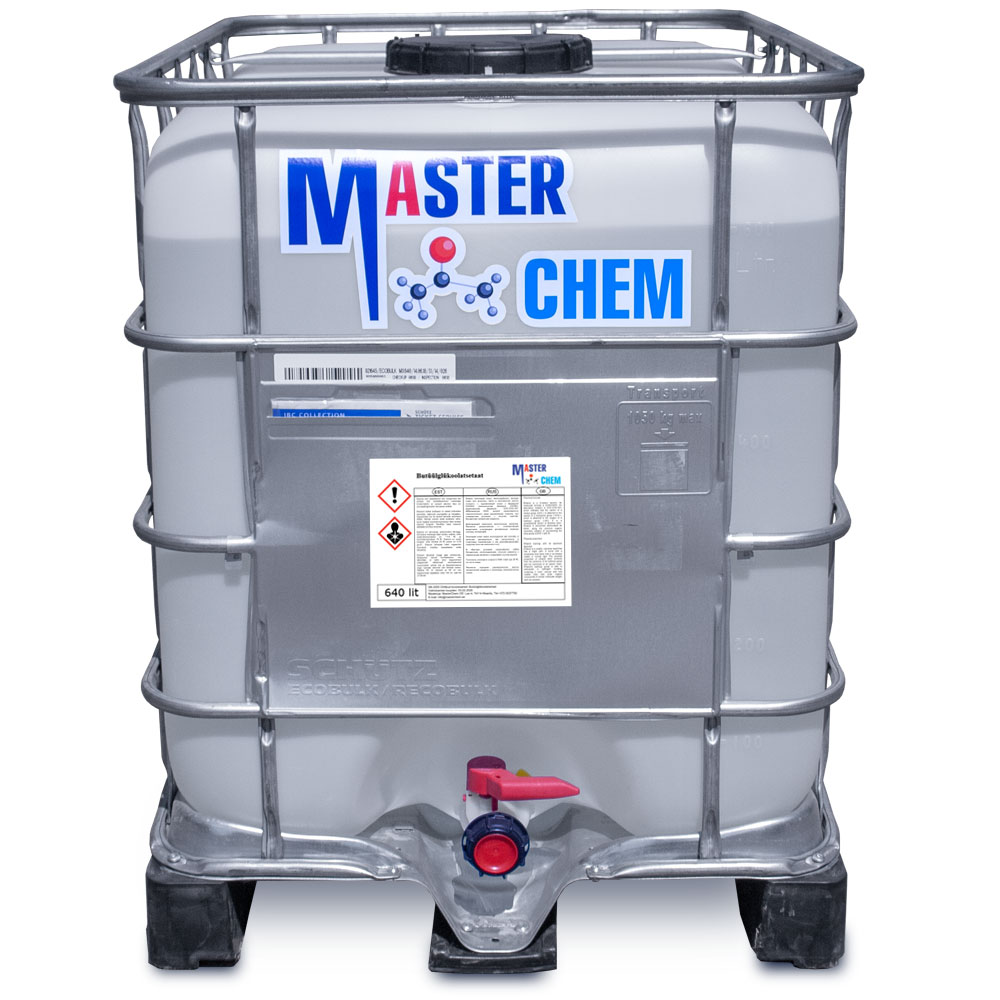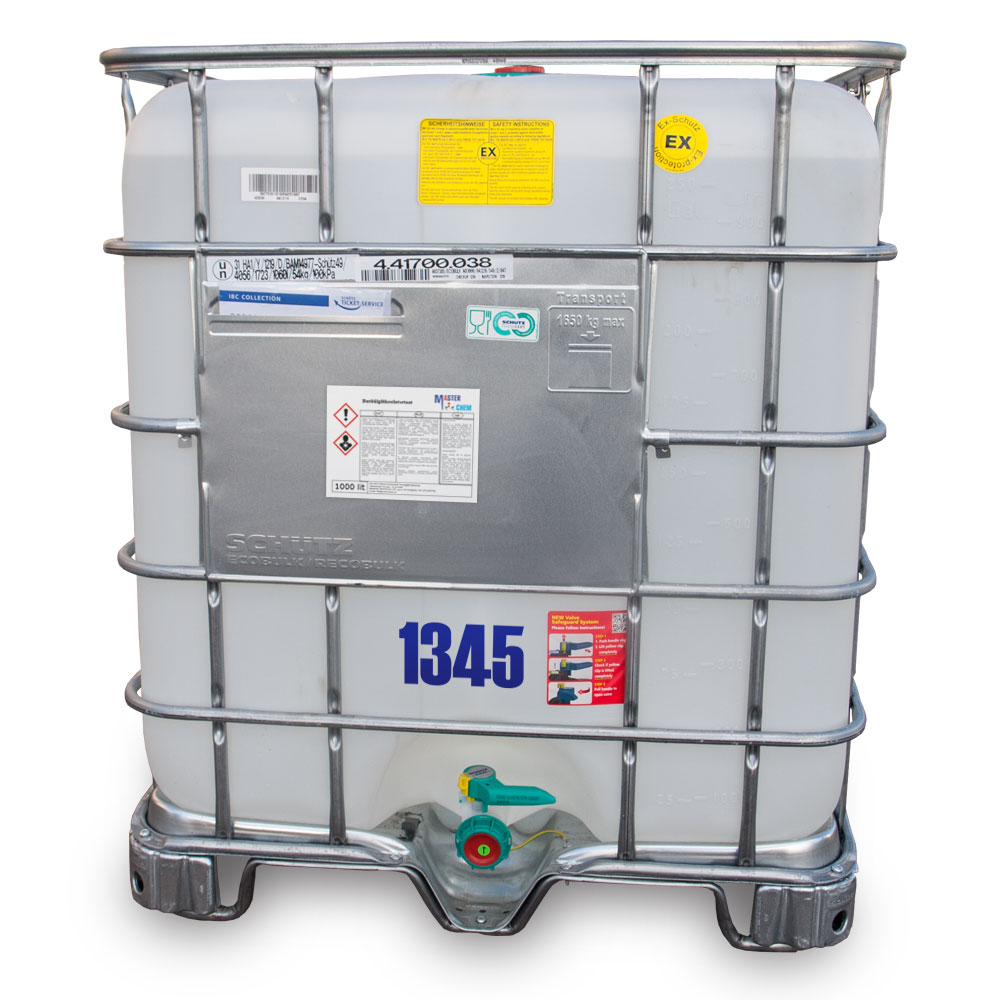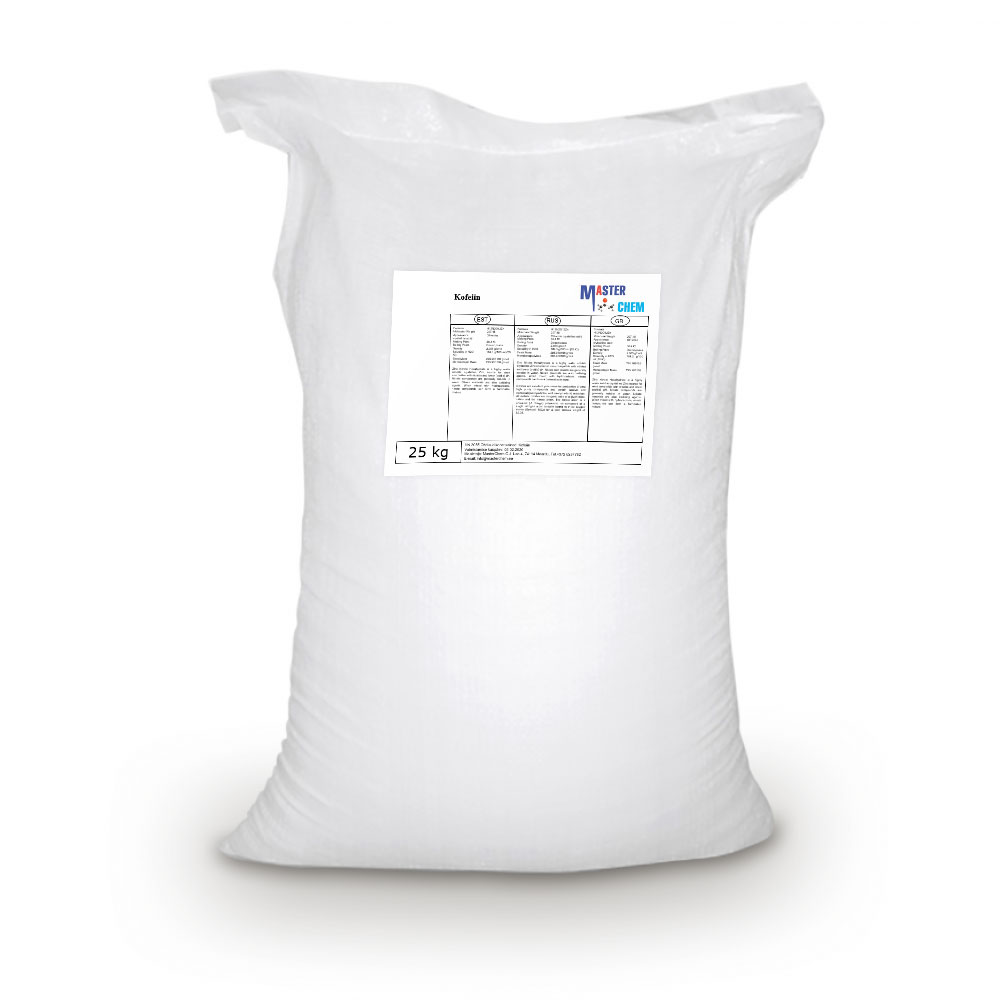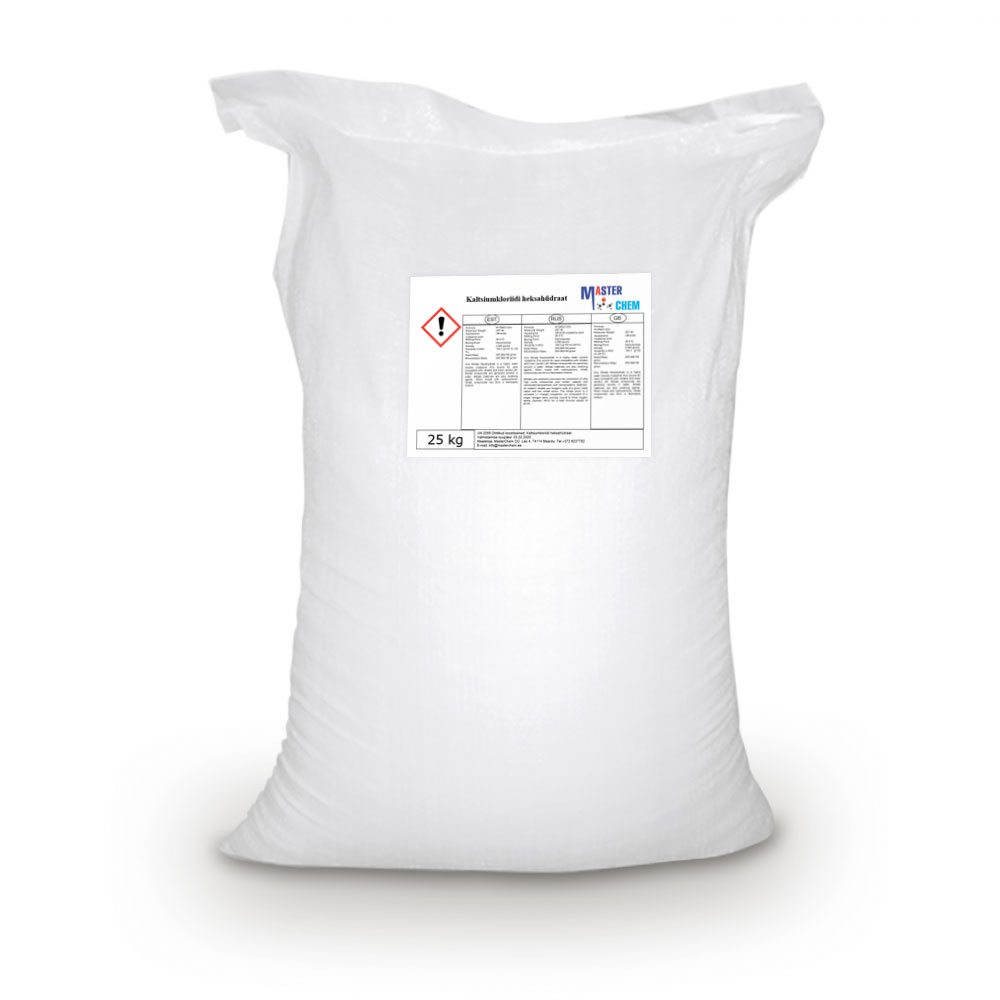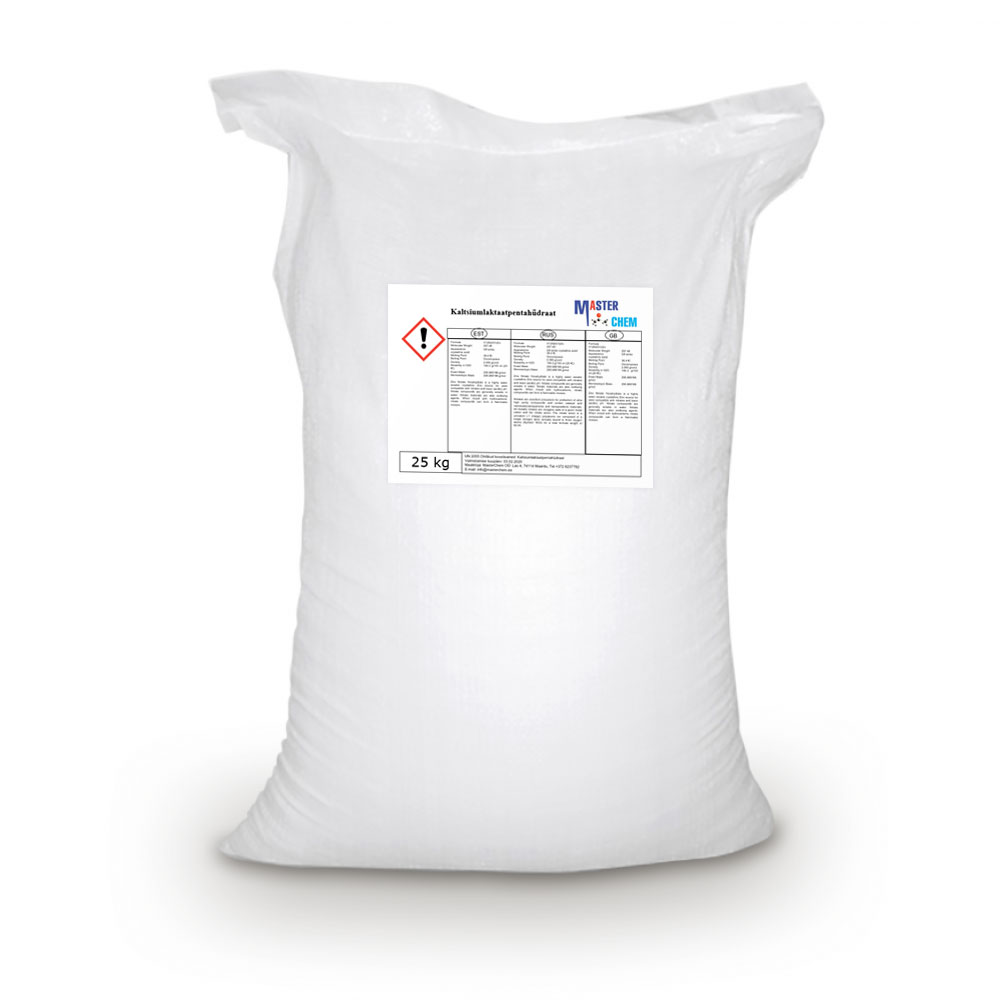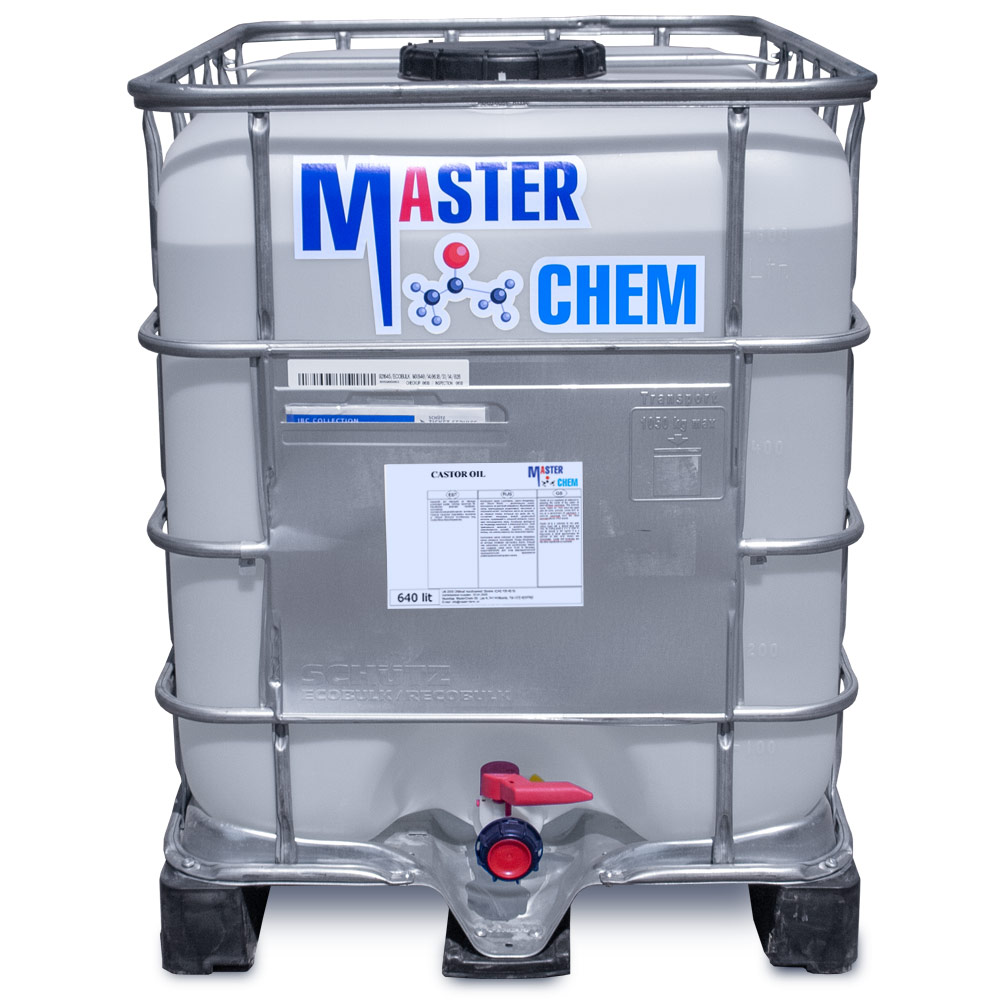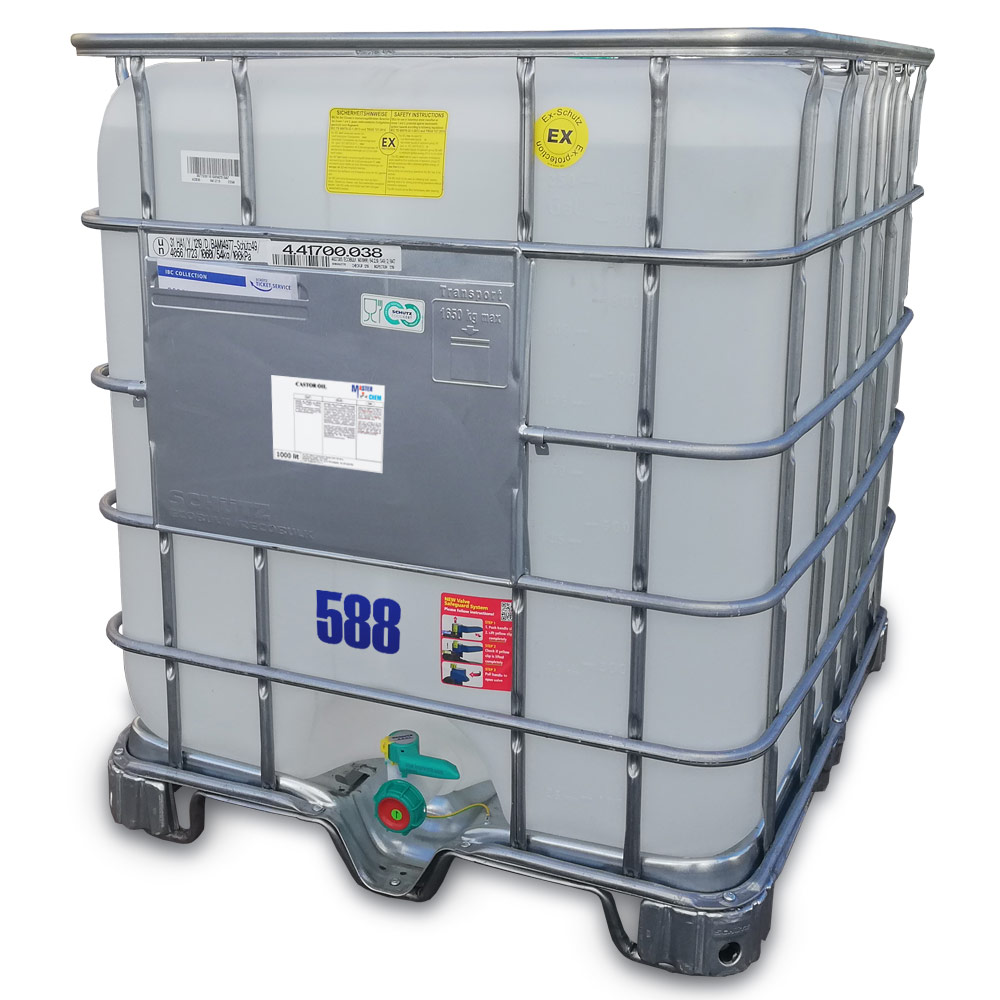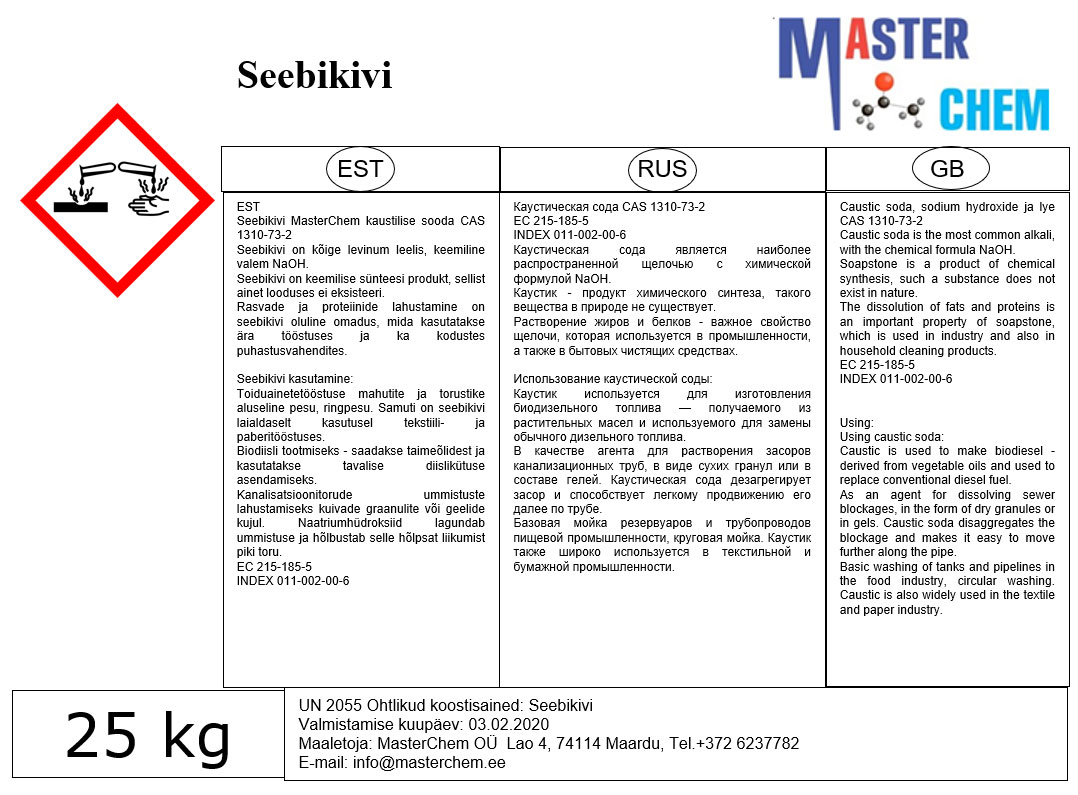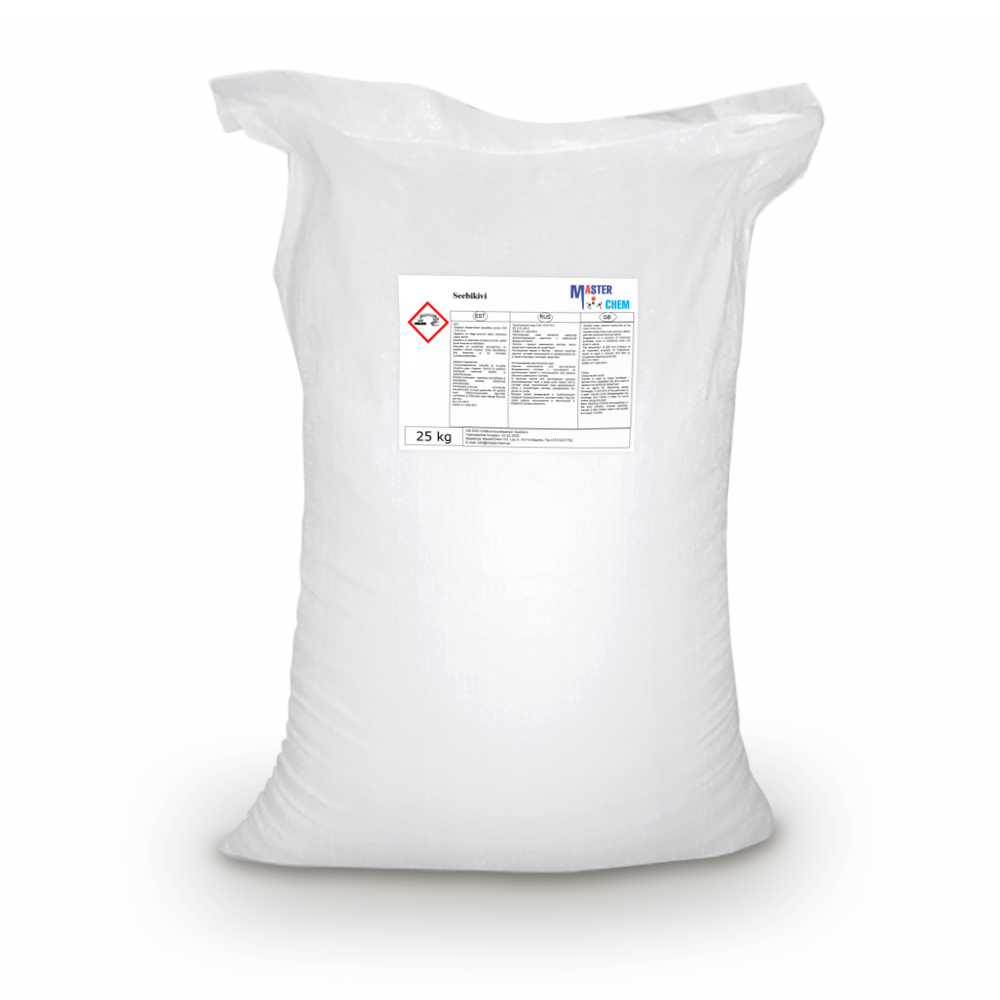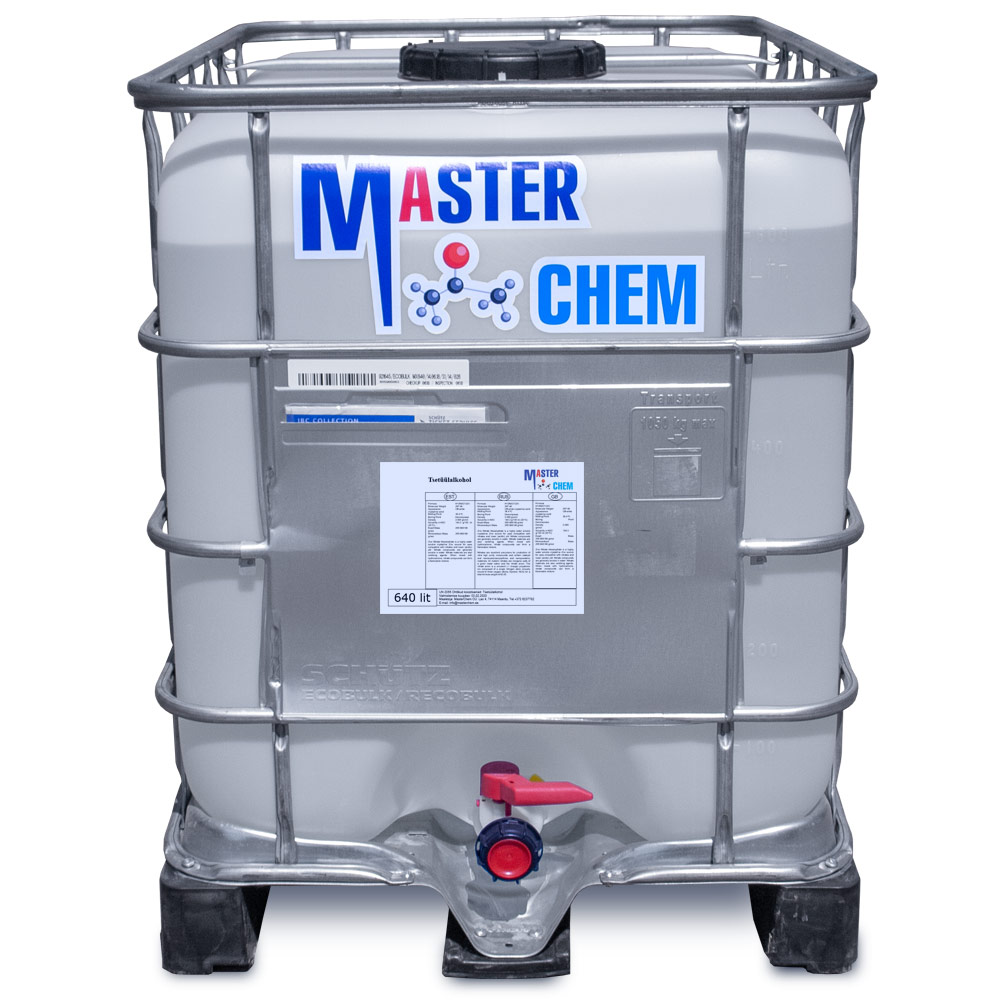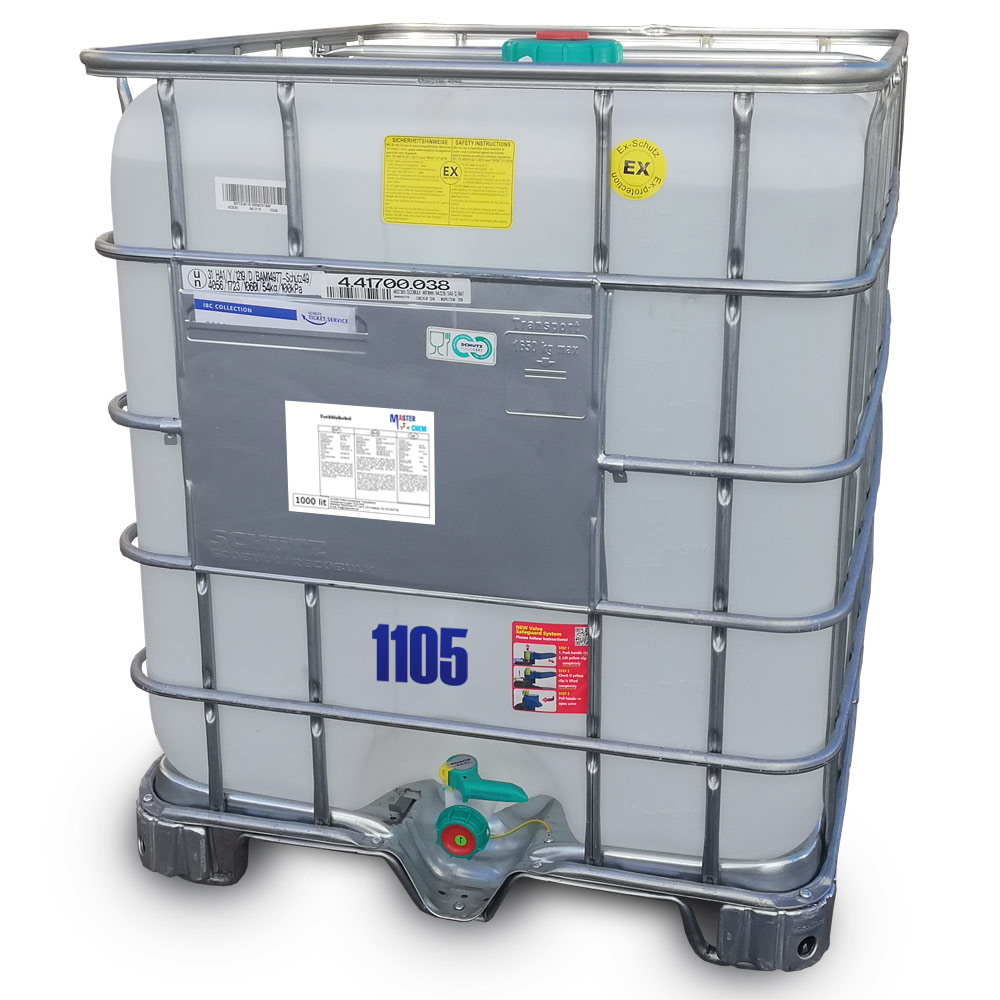Currently Empty: €0.00
Beta carotene (CAS 7235-40-7)
Beta carotene (CAS 7235-40-7)
Beta carotene is an organic, strongly coloured red-orange pigment abundant in fungi, plants, and fruits. It is a member of the carotenes, which are terpenoids (isoprenoids), synthesized biochemically from eight isoprene units and thus having 40 carbons. Among the carotenes, β-carotene is distinguished by having beta-rings at both ends of the molecule. β-Carotene is biosynthesized from geranylgeranyl pyrophosphate.
Bis (2-ethylhexyl) sebacate (CAS 122-62-3)
Bis (2-ethylhexyl) sebacate (CAS 122-62-3)
Dioctyl sebacate (also di(2-ethylhexyl) sebacate, commonly abbreviated as DOS, DEHS, and BEHS) is an organic compound which is the diester of sebacic acid and 2-ethylhexanol. It is an oily colorless liquid and is used as a plasticizer, including in the explosive C4. It has also found use in Dot 5 brake fluid, in ester-based engine oils and additives, as seed particle for Particle Image Velocimetry (PIV) and as a model compound that forms stable aerosols.
Butanol (CAS 71-36-3)
Other names: butanol, butyl alcohol
Description:
Butanol (butyl alcohol) is a slightly oily liquid. Without color and with a bright well-expressed smell of fusel oil. It is mixed with other organic solvents. Unlike other alcohols, it is slightly soluble in water (7.6 g/100 g)
Application and usage:
The unique molecular formula, physical properties, and chemical properties of this compound determine the breadth of its use in a variety of tasks in the pharmaceutical, light, chemical and other industries. In different directions, different isomers of butanol are involved (primary, secondary and tertiary butyl alcohols, normal isobutanol). Primary butanol is used to dissolve paint products (lacquers, paints, drying oils), alkaloids, resins, plasticizers, rubbers and vegetable oils. With its participation, dibutylbenzene-1,2-dicarbonate, tributyl ether of phosphoric acid, butyl acetate and butyl ether of acrylic acid are created. Also, its use is advisable in the creation of artificial leather, textiles, durable glass, resistant to impact, photographic films and perfumes.
CAS: 71-36-3
Butyl glycol BG (CAS 111-76-2)
2-Butoxyethan-1-ol, 2-Butoxyethanol, Butyl cellosolve, Butyl glycol, Butyl monoether glycol, EGBE (ethylene glycol monobutyl ether), Dowanol EB, Bane-Clene, Eastman EB solvent, BH-33, industrial cleaner, Solvaset, 2-BE, EGMBE, Butyl oxitol, Ektasolve, Jeffersol EB
Description:
Butyl glycol is a chemical compound with the formula C6H14O2, is a glycol ether. A low-volatile, high-boiling, low-odor liquid is used as a solvent and synthesis feedstock. Excellent auxiliary solvent in aqueous LCM (water-based paints). Soluble in water, alcohols, glycols, diethyl ether, acetone, chloroform and other organic solvents.
Butylglycol acetate (CAS 112-07-2)
Butylglycol acetate (CAS 112-07-2)
Butylglycol acetate acetate is used in a variety of industries as a solvent for nitrocellulose and multicolored lacquers, varnishes, enamels, and epoxy resin. It is useful as a solvent because of its high boiling point. It is also used in the manufacture of polyvinyl acetate latex. It is an ingredient in ink removers and spot removers.
Caffeine (CAS 58-08-2)
Caffeine (CAS 58-08-2)
Trimethylated xanthine that acts as a potent central nervous system stimulant. At higher doses, produces tachycardia and interferes with the uptake and storage of Ca2+ by the sarcoplasmic reticulum in skeletal muscle. Prevents apoptosis and cell cycle effects induced by Camptothecin (Cat. No. 208925) and topotecan in HL-60 cells.
Caffeine, CAS 58-08-2, is a trimethylated xanthine that acts as a potent central nervous system stimulant. At higher doses, produces tachycardia.
Calcium chloride hexahydrate (CAS 7774-34-7)
Information Industries: Household chemicals, Fertilizers, Horticulture, Pharmaceutical industry, Building chemistry CAS number: 7774-34-7 WE number: 233-140-8 Chemical formula: CaCl2•6H2O Molar mass: 219,07 g/mol Customs tariff code: 28272000
Calcium lactate pentahydrate (CAS 28305-25-1)
Calcium lactate pentahydrate (CAS 28305-25-1)
Calcium lactate is produced by mixing lactic acid with calcium carbonate or calcium hydroxide. It has high solubility and dissolving speed, high bioavailability, good taste. It’s a good source of calcium used widely in food &beverage, health products, pharmaceutical and others fields.
– Chemical name: Calcium Lactate
– Standard: Food grade FCC
– Appearance: crystalline powder
– Color: white to cream color
– Odor: almost odorless
– Solubility: Freely soluble in hot water
– Molecular formula: C6H10CaO6·5H2O
– Molecular weight: 308.3 g/mol
Castor oil (CAS 8001-79-4)
Castor oil is a vegetable oil obtained by pressing the seeds of the castor oil plant (Ricinus communis). The common name “castor oil”, from which the plant gets its name, probably comes from its use as a replacement for castoreum, a perfume basemade from the dried perineal glands of the beaver
CAS 8001-79-4
Caustic soda (CAS 1310-73-2)
Caustic soda, sodium hydroxide ja lye CAS 1310-73-2
Caustic soda is the most common alkali, with the chemical formula NaOH.
Soapstone is a product of chemical synthesis, such a substance does not exist in nature.
The dissolution of fats and proteins is an important property of soapstone, which is used in industry and also in household cleaning products.
EC 215-185-5
INDEX 011-002-00-6
Cetyl alcohol (CAS 36653-82-4)
Cetyl alcohol (CAS 36653-82-4)
Cetyl alcohol, also known as hexadecan-1-ol and palmityl alcohol, is a C-16 fatty alcohol with the formula CH3(CH2)15OH. At room temperature, cetyl alcohol takes the form of a waxy white solid or flakes. The name cetyl derives from the whale oil (cetacea oil, from Latin: cetus, lit. ’whale’, from Ancient Greek: κῆτος, romanized: kētos, lit. ’huge fish’) from which it was first isolated.
Cetyl alcohol is used in the cosmetic industry as an opacifier in shampoos, or as an emollient, emulsifier or thickening agent in the manufacture of skin creams and lotions. It is also employed as a lubricant for nuts and bolts, and is the active ingredient in some “liquid pool covers” (forming a non-volatile surface layer to reduce water evaporation, related latent vaporization heat loss, and thus to retain heat in the pool). Moreover, it can also be used as a non-ionic co-surfactant in emulsion applications.

